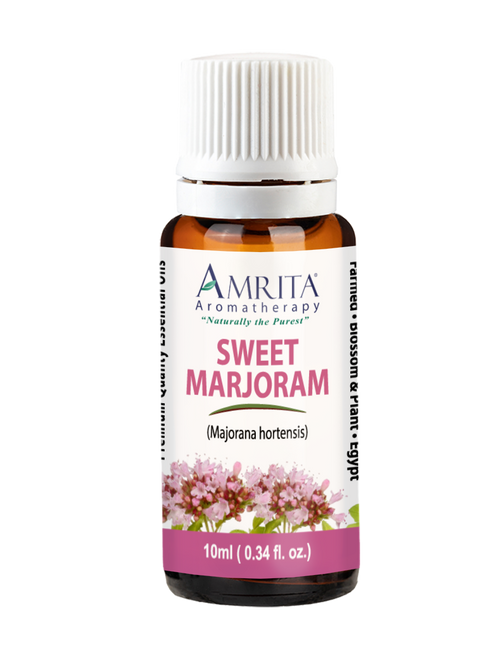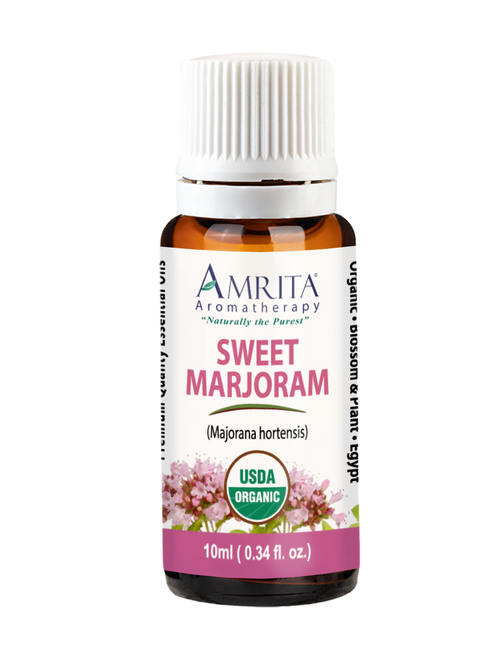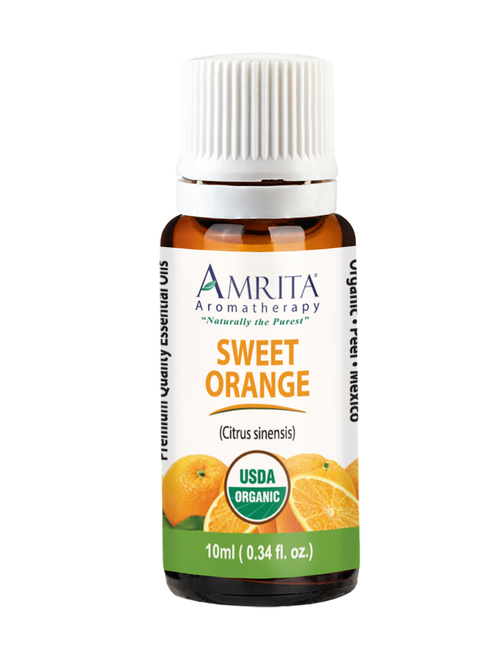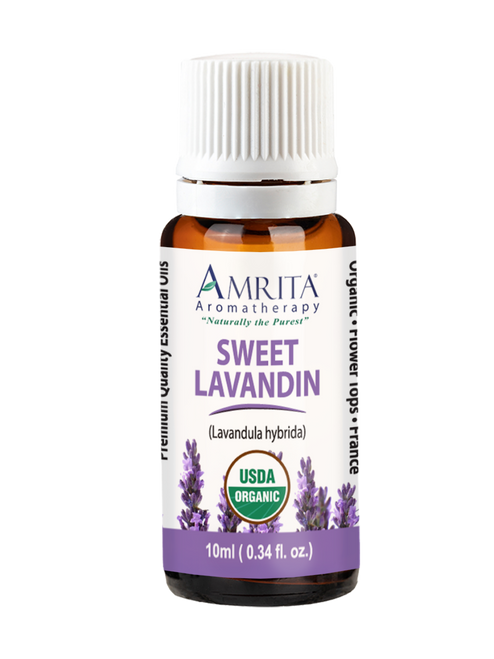- Other Names
- Roman Fennel and Finocchio
- Farming Method
- Farmed/Conventional
- Plant Part
- Seed
- Country of Origin
- Hungary
- Application Method
- Bath, Diffusion, Inhalation, Massage, and Topical
- Scientific Name
- Foeniculum dulce
- Extraction Method
- Steam Distilled
About the Plant:
Fennel (Foeniculum vulgare) is a biennial or perennial herb which produces hollow stems, feathery leaves, and goldish yellow flowers. Two notable subspecies variants include Foeniculum vulgare var. piperitum, known as “Bitter Fennel” and Foeniculum vulgare var. dulce, which is commonly referred to as “Sweet Fennel”. The “sweet” variety contains a higher content of anethole, thus providing more of the oestrogenic benefits associated with use of its Essential Oil.
A Fennel plant can grow up to a height of 2.5 meters, while the leaves can grow up to 40 centimeters long. It contains umbels of flowers which yield 4- to 10-millimeter-long seeds. These seeds have many potential uses, one of which is to be steam distilled for the harvesting of the plant’s Essential Oil. Morphological differences between the two sub-species are not always clearly defined but tend to coincide with the maturity stage of the fruit.
Where It Grows:
Fennel was originally native to southern European areas near the Mediterranean. It has since been naturalized all over the planet. As a self-sowing plant, it has even reached the point of being an invasive species throughout parts of California and the western United States. Fennel is a “cool weather” plant that grows best in late spring or early fall, only requiring about 60 to 90 days to mature. Sweet Fennel is still a mainstay in Mediterranean countries like Italy, Greece, and Hungary.
Traditional Uses and Lore:
Fennel was used by the Ancient Egyptians, Chinese, Greeks, and Romans. These cultures recognized it for its culinary potential, whether it was for the succulent shoots enjoyed raw or cooked, or for the aromatic fruit used as a flavoring agent or enjoyed alone. But these cultures also perceived various medicinal benefits associated with the use of Fennel. Some of these perceived benefits have been reinforced by modern science, while others may have been somewhat misguided and have since fallen by the wayside.
Fennel was used as a remedy for snake bites by the Ancient Chinese. The Ancient Greeks referred to Fennel as “Marathon” as they used it for athletic training, especially regarding weight control while the Ancient Egyptians believed they could prevent the plague by using a mixture of Fennel seeds and Barberry.
Pliny the Elder, along with other Ancient Romans believed Fennel to be good for the eyes due to their observation of snakes rubbing against fennel stems after shedding — purportedly to improve their eyesight. The Romans also regarded Fennel as a military advantage, allowing armies to avoid stopping for meals as soldiers used their personal supplies of Fennel seeds to curb their appetites and tide them over through times of hunger.
In the Middle Ages, the use of Fennel became synonymous with superstition as it was used to combat witchcraft and supposed evil spirits. While these applications have gradually faded into obscurity over time, many folks still regard it as the source of magic in the legendary spirit Absinthe. In the modern era, a more scientific approach is applied to harvesting the magic of Fennel.
Other Facts:
-
-
- Scent: Very Sweet, Slightly Earthy, Peppery, and Spicy Aroma
- Fragrance Note: Middle Note
- Composition: α-Pinene, Myrcene, Fenchone, Trans-anethole, Methyl Chavicol, Limonene, and Anisic Aldehyde
- Family: Apiaceae Family
-
*These statements have not been evaluated by the Food and Drug Administration. These products are not intended to diagnose, treat, cure, or prevent any disease.
- Supports Digestive Function and Eases Discomfort
- Helps to Curb Excess Cravings
- Promotes Immune and Menstrual Functions
- All About Sweet Fennel Essential Oil
Fennel Sweet Essential Oil is an extraordinarily capable tool within the realm of aromatherapy. Its sweet but peppery scent is reminiscent of licorice and provides a clear and focused state of mind to the user.* The “sweet” variant is a subspecies of Fennel, while the other variant is fittingly classified as “bitter”. It has been used since ancient times when it was discovered to be an effective aid in combatting hunger, but it is utilized more than ever today.
Fennel is well-renowned for its high antioxidant content which fights against free-radical damage. It supports proper functioning of the digestive system by aiding the spleen, stomach, and intestines with purification and stimulation of flow.* It also helps to detoxify the body, support lymphatic function, deter and combat urinary tract infections, promote clearing of the lungs, quicken healing of wounds, and relieve flatulence.*
A range of women’s health issues can also be addressed with the use of Sweet Fennel Essential Oil.* It is known to help regulate the menstrual cycle, increase libido, facilitate the process of childbirth, and mitigate symptoms associated with menopause.* Additionally, women who are breastfeeding note that it helps increase milk production and secretion.*
Topical Application (for use on the skin):
|
||||
|
|
||||
|
|
Diffusion / Inhalation (add a few drops to a nebulizer or nasal inhaler):
|
|
-------------------------------------------------------------------------------------------------------------------------------------------------------------------
Blends Well With:
-------------------------------------------------------------------------------------------------------------------------------------------------------------------
Safety Precautions:
-
- Sweet Fennel Essential Oil is non-toxic and non-sensitizing when diluted to recommended aromatherapy specifications.*
- However, if undiluted it has been known to cause sensitization in some users.*
- Even in diluted form, it is skin irritating to some people.*
- Sweet Fennel Essential Oil is non-toxic and non-sensitizing when diluted to recommended aromatherapy specifications.*
General Safety Precautions:
-
- Use Essential Oils only in diluted form on the skin and never internally.
- Always be careful when using Essential Oils with children.
- Give them only low doses, or better, consult a qualified aromatherapy expert before using.
- Use Essential Oils with care and only under the proper guidance of an expert while pregnant or if you have liver damage, epilepsy, cancer, or other serious health problems.
*These statements have not been evaluated by the Food and Drug Administration. These products are not intended to diagnose, treat, cure, or prevent any disease.
Sweet Fennel Essential Oil has a truly wondrous array of beneficial properties derived from the plant’s tiny seeds. As a potent antioxidant, it can deter damage caused by free radicals.* It can also achieve many positive outcomes for digestive function including relief from flatulence, ease of discomfort, curbing of excess appetite, and mitigation of spasmic activity in smooth muscle (i.e., the intestines and colon).* This anti-spasmodic ability also helps mitigate menstrual and menopausal cramping for women.* Additionally, it plays other important roles for women’s health as it can help promote and regulate healthy menstrual activity, as well as increase production of breast milk.*
Sweet Fennel Essential Oil also acts as a lymphatic decongestant.* It helps rid the body of toxins and mitigate excessive fluid retention and cellulite, thus acting as an effective tool for tackling obesity.* It is also known to help with urinary tract issues by acting as a purifying antiseptic.* It can help with respiratory issues as well, due in part to its expectorant and antispasmodic qualities which can work to expel phlegm and mitigate symptoms associated with bronchial asthma or common cold and flu.*
Sweet Fennel Essential Oil has a familiar, licorice-like aroma which energizes the mind and spirit. Some users note that it helps to improve memory and mental clarity while providing the necessary confidence to tackle challenges throughout day-to-day life. Many also regard its ability to noticeably increase mental creativity and productivity.*
The following is a list of conditions which Sweet Fennel Essential Oil addresses by category:
|
|
|
|
|
*These statements have not been evaluated by the Food and Drug Administration. These products are not intended to diagnose, treat, cure, or prevent any disease.
Bottles are filled by volume. Some bottle sizes may not be filled to the top, but do contain the volume of oil specified.
|
Click the links below to view GC Analysis: |
Click the links below to view CoA Analysis:
|
|
Click the link below to view Safety Data Sheet (SDS): |












